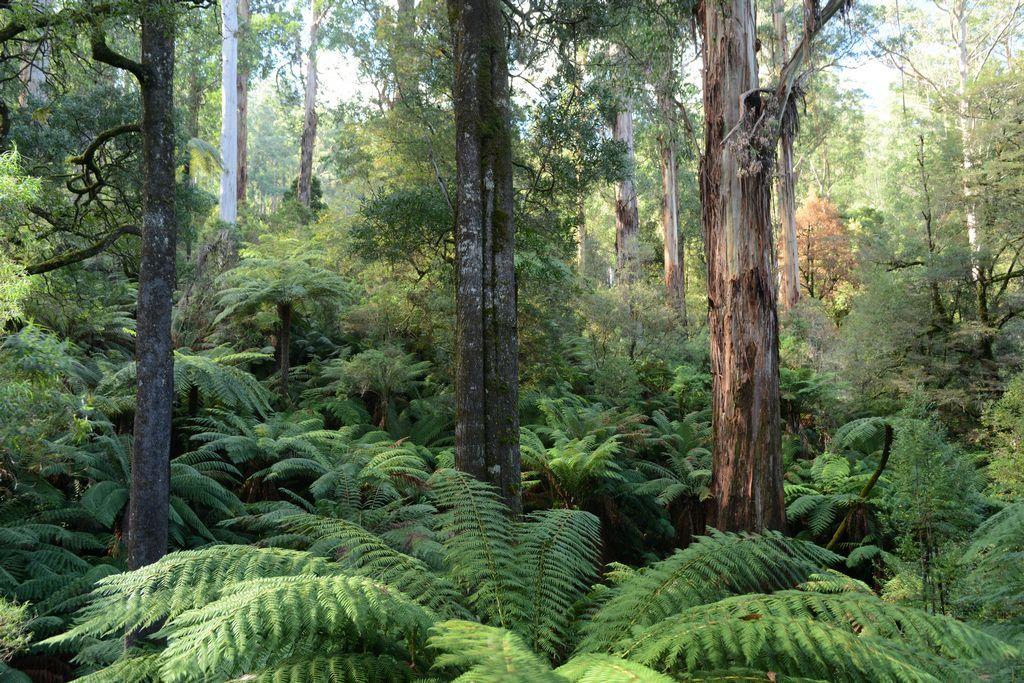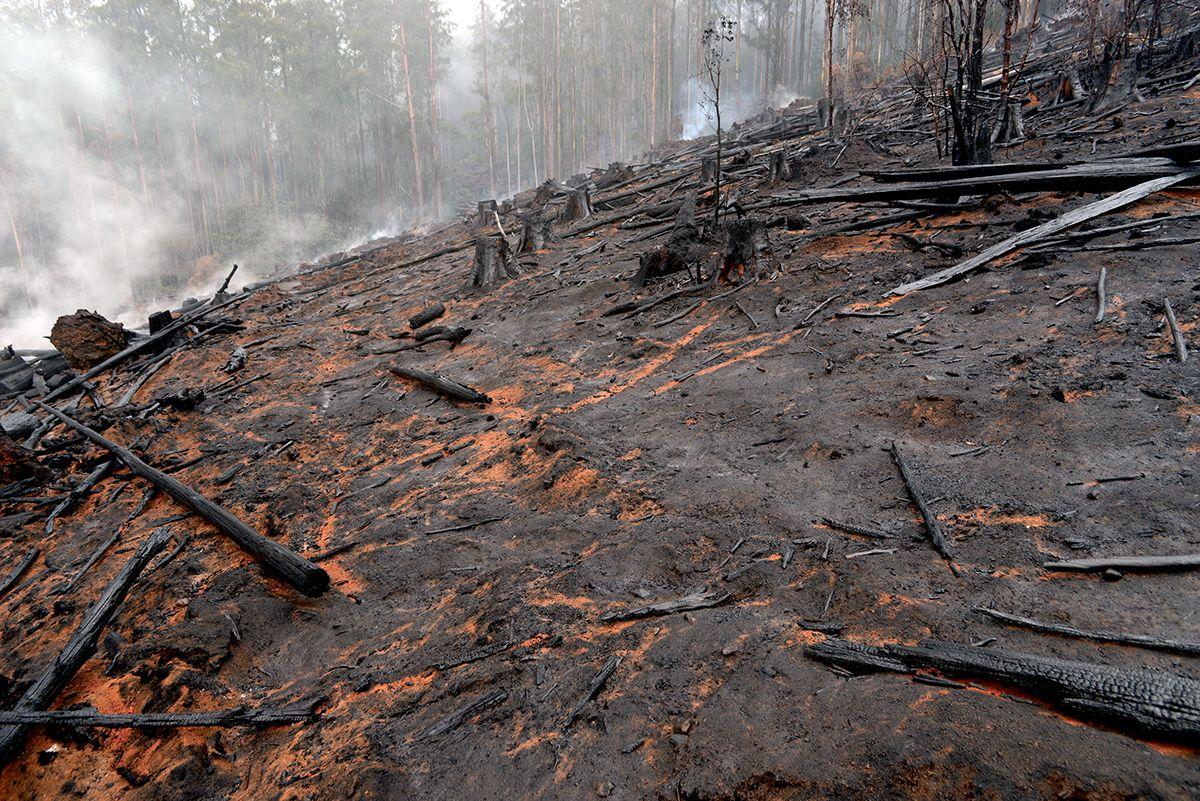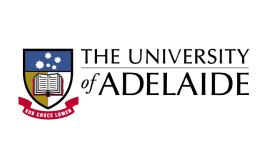Victoria takes step toward becoming nature-positive with early exit from native forest logging

The rainforests of O'Shannassy water catchment are under threat from logging. Image: The Australian National University
Media Release
23 May 2023
The Victorian Government today announced that it will exit native forest logging in 2024, six years ahead of what it had previously planned in 2030.
The Biodiversity Council welcomed the end of native forest logging in Victoria which it described as ‘highly unsustainable both ecologically and economically’, and flagged that active management of forests will be needed to heal damage, manage fire, and stem the massive impacts of invasive species.
Biodiversity Councillor Professor David Lindenmayer from The Australian National University is a forest ecologist who has been conducting ecological monitoring and research in the wet forests of Victoria for nearly 40 years.
“This early exit is good for the forest and for threatened species, especially animals that depend on big old hollow-bearing trees to den or breed like the Leadbeaters possum, greater glider and sooty owl.

Sooty owls are one animal that will benefit from the end of logging. Image: Darren Bellerby, CC BY 2.0
“It is also a great decision for the economy and the climate and shows that the Victorian Government is serious about climate change.
“The cessation of logging is equivalent to preventing emissions from 730 000 cars every year. This means Victoria and Australia have a far greater chance of meeting emission reduction targets.
“Victorian forests have suffered significant damage and degradation as a result of decades of clearfell logging. An urgent task will now to be to start targeted forest restoration across the State,” Professor Lindenmayer said.
The Biodiversity Council is now calling for effective and active management of these forests to manage invasive species, fire risk, and improve outcomes for threatened species and rural communities and First Nations.
Biodiversity Councillor Professor Brendan Wintle from the University of Melbourne called for the Victorian Government to provide adequate funding for Victorian land management agencies and organisations, Indigenous groups, and biodiversity scientists to manage forests in partnership.
“We can’t just walk away from these forests now that logging is ending, they need to be actively managed to heal damage, reduce pressures from pest plants, animals, and damaging wildfire regimes and to maximise opportunities for communities and First Nations land managers.

“Huge public subsidies have been flowing to an unsustainable forest industry for 50 years. We hope to see that money reinvested in the care of these forests, ideally led by First Peoples forest managers and reinvigorated land management agencies.”
Biodiversity Councillor Dr Jack Pascoe from The University of Melbourne said that First Nations peoples have been actively managing these forests for thousands of years and there are huge lessons to be learned.
“We need Healthy Country and that needs people on Country doing thoughtful and holistic land management with an eye to protecting biodiversity whilst ensuring that Cultural Practice is strong and that the transmission of Traditional Ecological Knowledge can continue,” Dr Pascoe said.
Biodiversity Councillor Rachel Lowry from WWF Australia said decisions like this build much needed hope and integrity into the nature positive agenda.
“This is an important step that Victoria urgently needs and that if executed with care has the potential to land wins not only for Victoria’s biodiversity, but also for tourism and the economy,” Ms Lowry said.
Professor Lindenmayer said that handled well, the rapid transition out of native forest logging will be jobs positive.
“A major workforce will be needed to build new tourism infrastructure, protect and then boost carbon stocks, tackle problems with exploding numbers of feral deer, and develop elite fire-fighting crews to make rural communities safe,” Professor Lindenmayer said.













